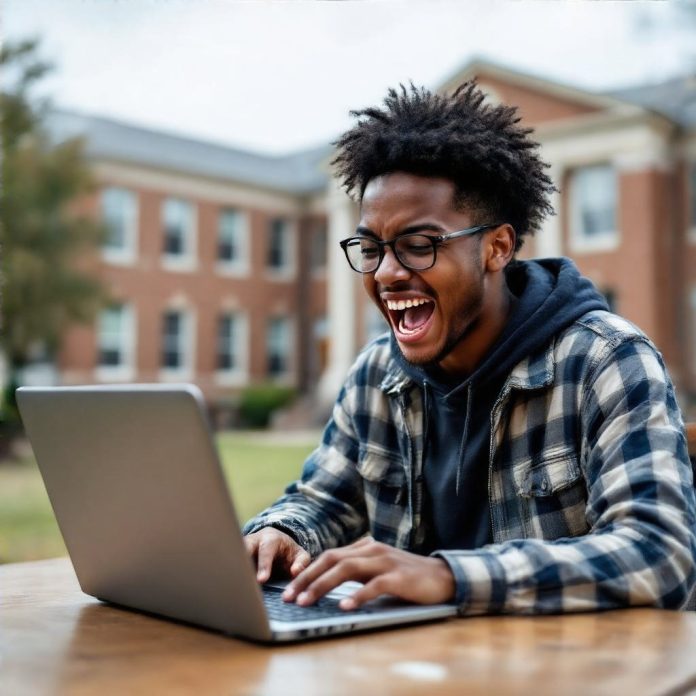South Carolina is rolling the dice on a bold new initiative aimed at easing the financial burden on some families while boosting access to technology. Under the new law, up to 10,000 lucky students could see a significant reduction in school-related expenses, with the state potentially footing the bill for laptops, school fees, and other costs, up to a value of $7,500 per student. While the intention is undeniably noble, the long-term impact and equitable distribution of these resources remain significant questions.
The program raises several key considerations. Firstly, how will the 10,000 recipients be selected? A lottery system might seem fair, but it risks leaving out families who need the assistance the most. Targeted support based on income or academic need could be more effective, but also more complex to administer. Secondly, what happens after the program ends? Will these students be at a disadvantage if the laptops aren’t replaced or maintained? Creating a sustainable model for technology access is crucial.
Beyond the logistics, there’s the crucial question of whether providing hardware alone is enough to bridge the achievement gap. While access to technology is undoubtedly important, it’s only one piece of the puzzle. Teacher training, curriculum development, and robust internet access are equally essential for ensuring that these laptops become powerful learning tools, rather than expensive paperweights. A holistic approach is vital for success.
Furthermore, the potential for resentment among families who don’t qualify for the program is a real concern. It is crucial for lawmakers to clearly communicate the reasoning behind this initiative and to explore other ways to support all students in the state. Perhaps expanding existing programs focused on educational equity or increasing funding for schools in underserved communities could create a more level playing field for everyone.
Ultimately, South Carolina’s initiative represents a significant investment in its students. Whether it pays off depends on careful planning, equitable implementation, and a commitment to addressing the multifaceted challenges of educational inequality. While the promise of free laptops is enticing, the real work lies in ensuring that all students have the opportunity to succeed, regardless of their background or access to technology. Only time will tell if this gamble will close the achievement gap or simply create a digital divide within the state’s education system.



